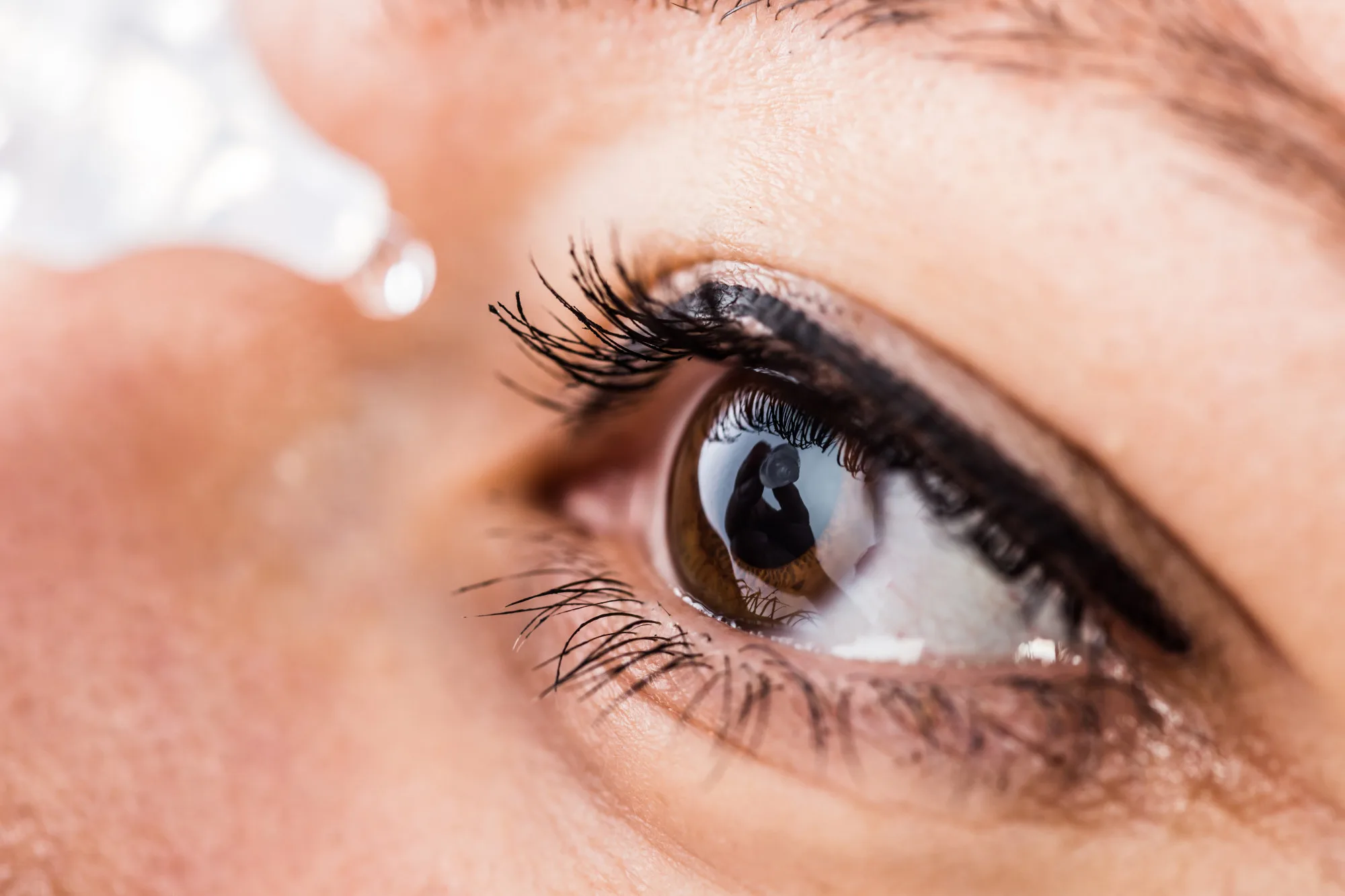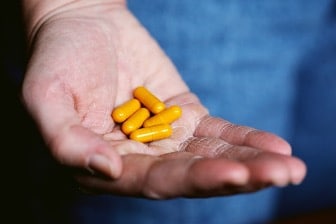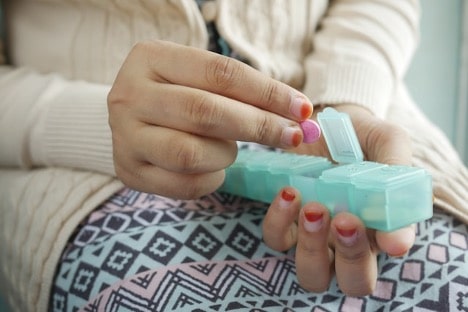Polycystic Ovary Syndrome (PCOS) is a complex hormonal disorder that affects millions of women worldwide…
When to Ask Your Doctor About Prescription Eye Drops
You’ve tried them all — the “natural tears,” the tried-and-true drops, and even the expensive brand that boasts nanotechnology. Yet, it still feels like your eyelids are made of sandpaper.
If you’ve been suffering increasingly from eye strain or dry eyes, maybe it’s time to ask your doctor about prescription eye drops.
According to the American Optometric Association, over 16 million Americans suffer from dry eye disease — and most of them are women.
If you’re one of the millions, read on to find out what options are available to reduce the irritation for good.
Causes of Dry Eye Disease
In most cases, dry eye disease occurs when your eyes no longer produce enough tears to keep them moist and protected. In the remainder of cases, the quality of tears produced is simply too poor to do the job.
While it may sound like a trivial condition, dry eyes can cause discomfort, sensitivity to light, and blurry vision. This can become serious if you depend on your eyes to work or drive.
Dry eyes can also be a symptom of a more serious underlying health problem, such as diabetes. So, it’s not a condition you should ignore.
Other health conditions can also cause dry eyes, including:
- Lupus
- Rheumatoid Arthritis
- Sjorgren’s Syndrome
Often, the medications you take can result in dry eyes or impact your tear ducts. These are:
- Antihistamines
- Anxiety medication
- High blood pressure medication
- Sleeping pills
Your optometrist can also determine if dry eyes are the result of laser surgery or the use of contact lenses.
Another common cause of dry eyes is age, with the majority of those over the age of 65 suffering from this uncomfortable condition.
Women are more likely to have dry eye irritation, especially in conjunction with hormonal changes such as pregnancy, menopause, or the use of oral contraceptives.
Talking to Your Doctor About Eye Drops
If you’ve tried all the over-the-counter brands to soothe the pain of irritated and dry eyes, it might be time to talk to your ophthalmologist about prescription eye drops that will be more effective.
Your eye doctor will take down your medical history, including your current state of health and any medications you’re taking. It’s extremely important that you list every medication you’re on since one might be the cause of your discomfort. Equally important, there may be combinations of medications that could cause further health issues.
Next, your doctor will perform an examination, including a test of your tears and an examination of the structure of your eyelids. The doctor might also perform a Schirmer test, which uses blotting paper strips to measure the volume of tears your eyes produce.
Other tests look at the quality of your tears by use of special dyes in eye drops that help your doctor see the surface of your eyes. These will also help reveal if there is any damage to the surface of your corneas.
Dry Eye Treatments
There are several available treatments for dry eye disease that your doctor might recommend, depending on the severity of your condition.
Contraindications
If your dry eye discomfort might be caused by a medication you’re taking, your doctor might first suggest you try an alternative therapy to reduce your symptoms.
If an underlying condition is possibly causing your condition, your eye doctor might refer you to a specialist, such as a rheumatologist to screen for RA or Sjorgren’s.
Over-the-Counter
Many times, your eye doctor will recommend an over-the-counter medication you may not have tried yet. Sometimes, lifestyle changes and artificial tears can work as well as prescription eye drops.
Dry Eye Medication
Your doctor may offer several prescription medications for dry eye disease, including antibiotics to reduce any inflammation in the eyelids. inflammation can block the oil glands that help lubricate the eyes, which reduces the quality of tears you produce. These may be oral antibiotics, eye drops, or ointment.
Other prescription medications include cyclosporine (Restasis) or lifitegrast (Xiidra). While these prescriptions can take a few weeks to relieve symptoms, you can continue to use artificial tears and other over-the-counter eye drops along with them until your condition improves.
Eye Inserts
If your condition is severe, your doctor may prescribe eye inserts, also known as Lacrisert. These inserts are about the size of a grain of rice, and you insert them under your lower eyelid. As they dissolve, they release an anti-inflammatory and lubricating medication.
Tear Stimulators
Your doctor may choose to prescribe cholinergic medications that increase tear production. These can be oral medications, gels, or eye drops.
Surgery
Less commonly, your eye doctor may suggest one of two surgical procedures to treat your dry eyes. In this case, they might use tiny silicone plugs to cap your tear ducts fully or partially. These prevent your tears from draining too quickly from your eyes, providing increased moisture and relief.
Another surgical procedure uses thermal cautery to close the tear ducts. This a more permanent solution, while the silicone plugs are removable.
Scleral Lenses
While mainly used for irregularities of the cornea, scleral lenses can also be used to treat severe dry eye disease. These lenses can prevent moisture loss by keeping a reservoir of tears between the eye and the lens.
Lifestyle Impact on Dry Eyes
Along with talking to your eye doctor about prescription eye drops, there are several lifestyle changes you can make to reduce discomfort:
- Protect your eyes by wearing sunglasses outdoors
- Add a humidifier to your living space
- Increase your intake of essential fatty acids or take a supplement
- Increase Hydration by ensuring you drink enough water.
Along with preventative measures, there are also plenty of self-care tips you can use to reduce discomfort:
- Use warm, moist compresses on your eyes to reduce inflammation and loosen blocked ducts and glands
- Avoid smoky environments
- Rest your eyes frequently throughout the day
Hopefully, these tips can help reduce the irritation until you can see your ophthalmologist.
Is It Time for Dry Eye Medication?
It’s true that dry, irritated eyes can result from overwork or temporary environmental conditions. However, they can also signal a more serious medical condition. So, if your dry eye symptoms persist, don’t put off seeing your eye doctor for relief.
With so much of modern life revolving around our ability to see, making sure that your eyes work well without pain is essential. Talk to your eye doctor and consider prescription eye drops for long term relief.




